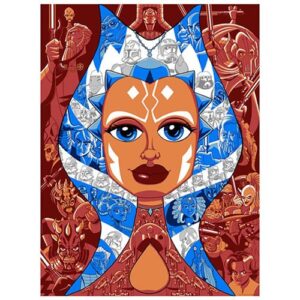Lithograph
Lithographs
Making a lithograph involves images or text being drawn with oil or grease onto a stone. The stone is then covered with water, afterwards ink is applied to the stone. The ink is attracted to the oil-based surface of the artwork, meanwhile the water repels the ink. The image is then transferred from the stone to the paper, and now you have a print. The process can be relatively simple for a pen-and-ink drawing, although for elaborate paintings it is quite complex. Nowadays stone use has given way to either metal or rubber.
Limited Edition Prints
An offset lithograph, also known as a limited edition print, is a reproduction by a mechanical process. With a limited edition print the artist does not contribute to the process of making an original print. Basically the artist will make the design but will have no part in making the plate for the printing process.
The artist will send his work to a company that will do the process for him. Paintings, drawings, watercolors are photo-mechanically reproduced. They are then printed.
Many times the artist will sign a number of these “reproductions” but they are not true original lithographs. Usually, a signed lithograph is limited in number to preserve value. An artist may create only 300 lithographs which will be determined by the fraction in the corner of the piece.





